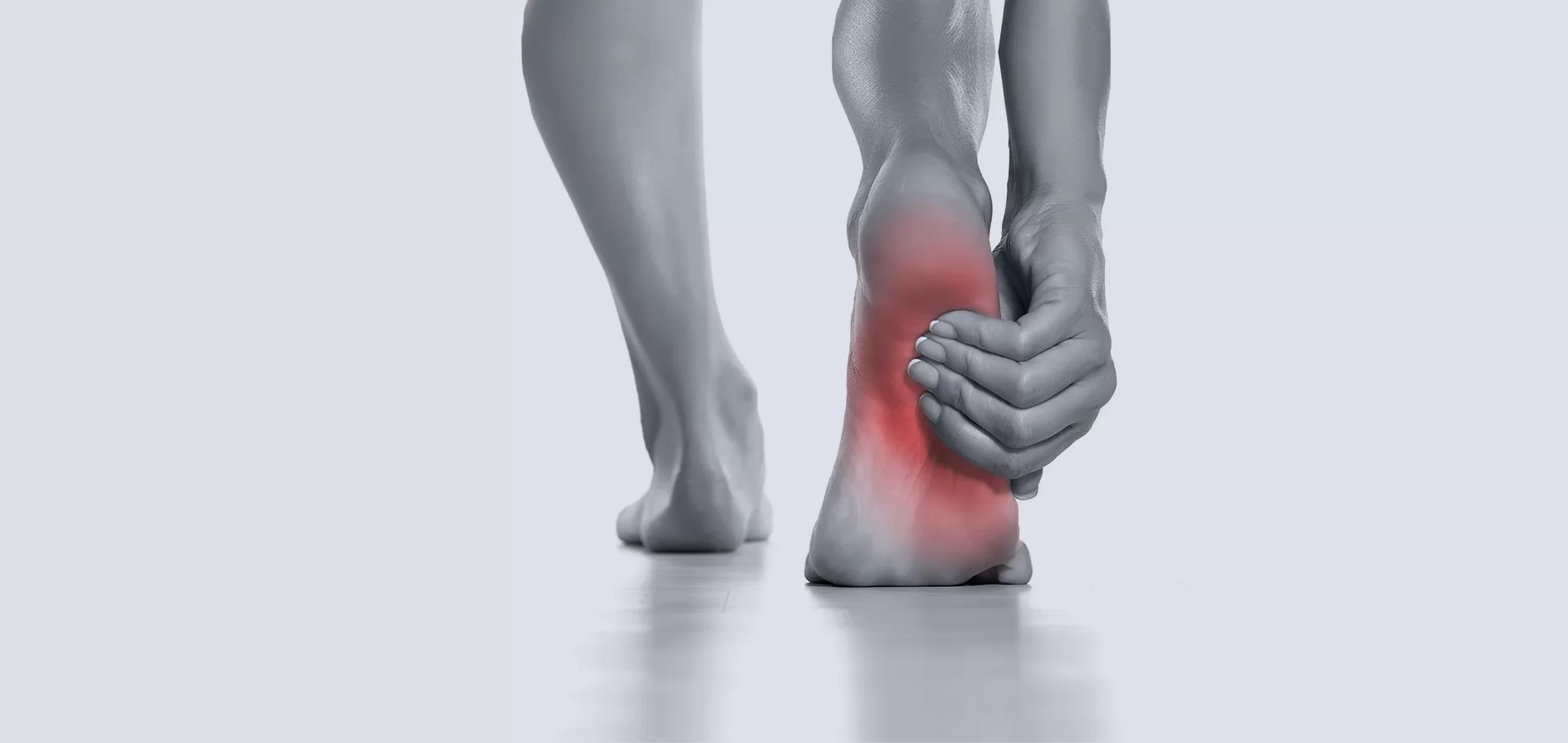Foot and Ankle Pain Causes

In most cases, people get foot and ankle pain due to strains and sprains. These are short-term ankle conditions. However, certain types of ankle injuries and pain don’t have any obvious cause and do not improve with self-care measures. In such cases, you should see a doctor.
Causes of Foot and Ankle pain
The most common causes of ankle pain include stress fractures, sprained ankle, septic arthritis, rheumatoid arthritis, Psoriatic arthritis, Pseudogout, Plantar fasciitis, osteochondritis dissecans, osteoarthritis (degenerative disease of the joints), Gout (arthritis due to excess uric acid), Bursitis, broken foot, Avulsion fracture, Achilles tendon rupture, and Achilles tendinitis.
Even with a relatively less severe sprained ankle and foot injury, you can experience quite severe foot and ankle pain, at least at first. Therefore, it is better and safe to try home remedies for ankle pain or self-care for ankle pain.
Take Self-Care if you Have Foot and Ankle Pain
You can take self-care measures to ease the symptoms and pain associated with your ankle. As with any other painful condition, you can follow R.I.C.E
- Rest – Stop any activities that you do routinely. Take a break and rest and avoid putting weight on your ankles as much as possible.
- Ice – Apply a pack of ice or cold compresses on your ankle and surrounding areas for at least 10 to 15 minutes thrice daily.
- Compression – A compression bandage may help reduce swelling. Use it
- Elevation – inflammation and swelling cause discomfort and pain in the affected area of the ankle. To reduce swelling, inflammation and pain elevate your foot above the level of your heart.
Take pain-relieving medicines: Over-the-counter pain-relieving medications such as ibuprofen, paracetamol, and naproxen sodium can help ease pain, and discomfort and aid healing.
When to see an orthopedic doctor for your foot and ankle pain?
If you have persistent foot pain and swelling even after taking self-care and home remedial measures, you should see a doctor. If the pain doesn’t improve after several weeks of care and persistent swelling doesn’t improve after two to five days of home treatment, see your orthopedic doctor. Seek immediate medical attention if you cannot put weight on your foot, or have severe deformity, severe pain, and swelling. The signs of infection may include redness, warmth and tenderness in the affected area, and fever.
Bottom Line
Ankle pain that doesn’t seem to get better with treatment should be brought to the notice of your orthopedic doctor. The pain that gets worse over time, persists, or lasts longer than a few weeks could be due to an underlying condition or structural changes in the foot or ankle. Therefore, you should see an orthopedic doctor to determine the underlying cause of your ankle pain.
